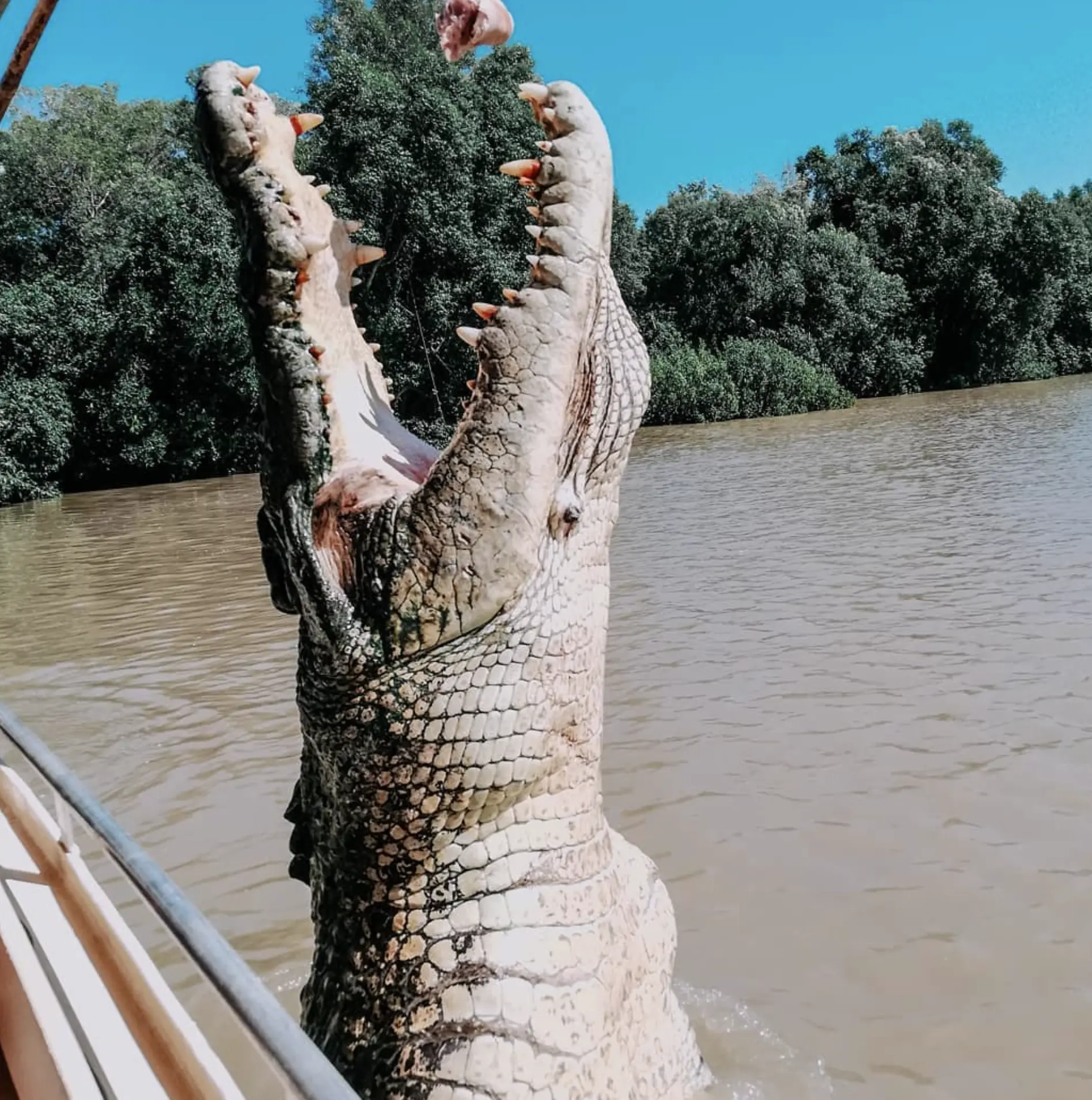Crocodiles are one of the oldest creatures on the planet, dating back over 200 million years. They are apex predators and rule aquatic ecosystems in tropical and subtropical regions around the world. But despite being so adaptable, crocodiles are absent from some continents due to climatic, geographic and evolutionary reasons. In this post we’ll find out which continents don’t have crocodiles, why and some cool facts about their distribution, evolutionary history and survival mechanisms.
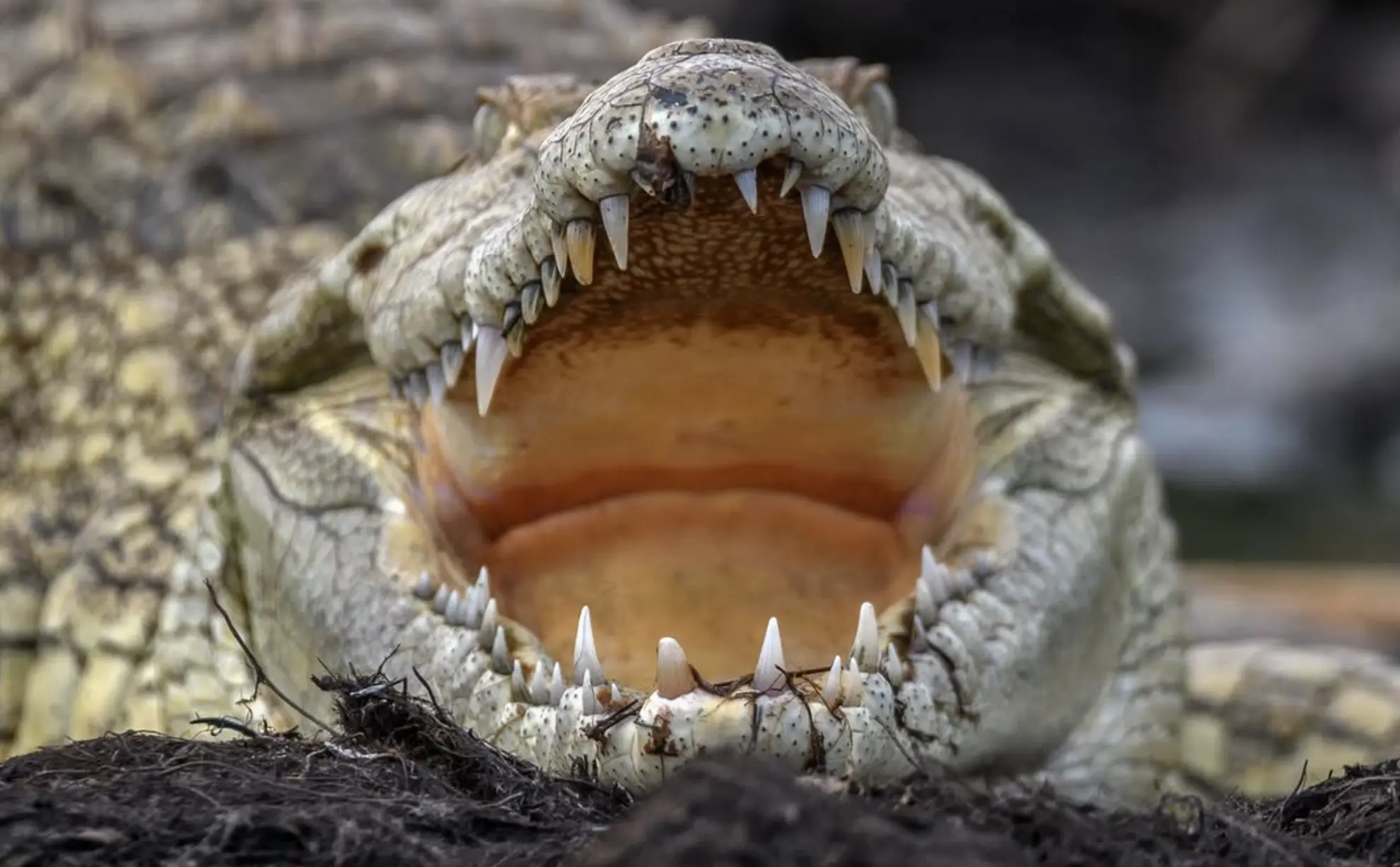
Crocodile Distribution
Crocodiles belong to the order Crocodylia which includes alligators, caimans and gharials. These “true crocodiles” are very adaptable but are confined to areas with warm climate, plenty of water and prey. Their habitats are freshwater rivers, lakes, swamps, estuaries and coastal areas.
Molecular studies have shown that crocodiles originated in Africa and dispersed to other continents through transoceanic events and evolutionary adaptations. But some continents don’t have the right conditions for them to survive. This absence shows how ecological and historical factors shape biodiversity.
Continents Without Crocodiles
Europe
Europe has no crocodiles today. But fossil evidence shows that ancient relatives of crocodiles lived in parts of Europe during warmer geological periods. Over time, climate change and cooling temperatures during the Ice Ages made Europe inhospitable to these cold-blooded reptiles.
Even in the warmer parts of Southern Europe, the absence of tropical ecosystems has prevented crocodiles from establishing permanent populations. Genetic studies show that Europe’s role in crocodile evolution ended millions of years ago and there has been no renewal of alligator or crocodile species since then. Today, Europe is known for its rich biogeographic history but crocodiles are a thing of the past.
Antarctica
Antarctica, a land of ice and extreme cold is another continent without crocodiles. As ectothermic (cold-blooded) animals, crocodiles need external temperatures to regulate their body heat. Antarctica’s freezing conditions make survival impossible for crocodiles and so do the lack of freshwater habitats and a steady prey base.
Fun fact: palaeogeographic studies show that ancestors of modern crocodiles may have lived in parts of Gondwana, the supercontinent that included Antarctica. But that’s not happening again.
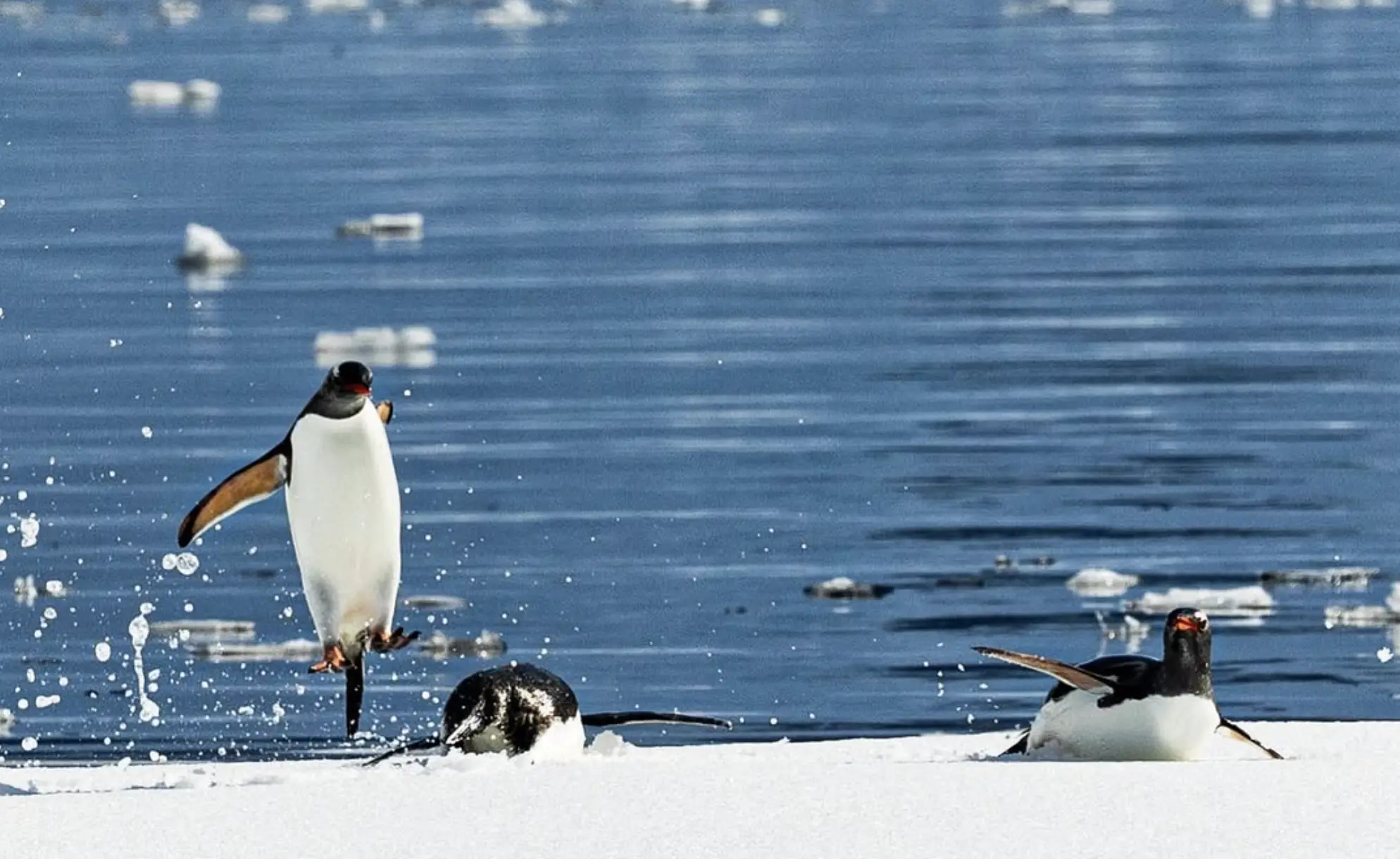
Partial Absence in Other Continents
Asia
While crocodiles are found in tropical and subtropical Asia, India, Southeast Asia and Indonesia, vast areas of northern Asia, Siberia, Mongolia and other cold regions do not have crocodiles. Species like the mugger crocodile (Crocodylus palustris) and Chinese alligator (Alligator sinensis) are found only in specific areas where conditions are suitable.
North America
In North America, crocodiles are only found in the southernmost parts, primarily Florida where the American crocodile (Crocodylus acutus) and American alligator (Alligator mississippiensis) live. Middle North America and northern regions are too cold to support crocodile populations so their presence is sporadic and geographically limited.
Why Crocodiles are Found in Some Places and Not Others
The presence of crocodiles on some continents and absence on others is due to:
- Climatic Requirements:
Crocodiles live in warm, tropical and subtropical climates where they can control their body temperature. Regions with cold or temperate climates like Europe and Antarctica are not suitable for them. - Habitat Availability:
Crocodiles need specific habitats like freshwater rivers, lakes, swamps and coastal areas to feed, breed and shelter. Absence of these habitats in some regions limits their presence. - Evolutionary and Biogeographic History:
Transoceanic dispersal events and vicariance events shaped the global distribution of crocodiles. Molecular studies show that crocodiles originated in Africa and spread to Central and South America and Australia through evolution. - Ecological Competition:
In regions where other predators are dominant, crocodiles may struggle to establish themselves. This is the reason why they are limited in some parts of Asia and North America.
Crocodiles Around the World
Africa
Africa is the birthplace of crocodile evolution and is home to the largest crocodiles including the Nile crocodile (Crocodylus niloticus). This top predator lives in freshwater habitats across Sub-Saharan Africa, particularly in South Africa and West Africa.
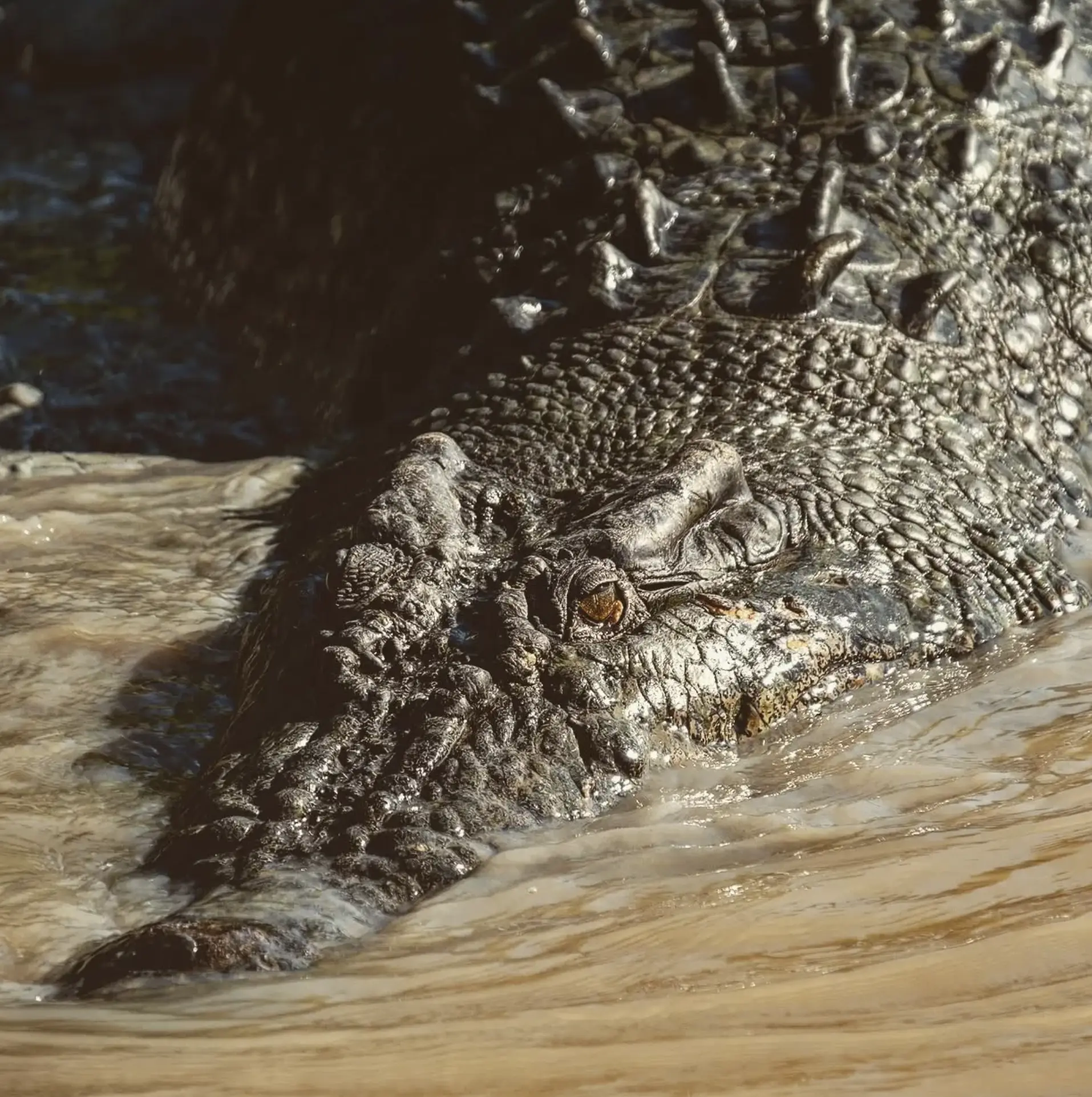
Australia
Northern Australia has saltwater crocodiles (Crocodylus porosus), the largest crocodile species and freshwater crocodiles (Crocodylus johnstoni). Coastal areas, mangroves and rivers are their perfect habitat. For eco-conscious travelers, Wildlife Tours offers packages to experience similar ecosystems with expert guides at Darwin crocodile tour.
Americas
In Central and South America, crocodiles and their relatives like caimans rule the wetlands and tropical rivers. The American crocodile is a notable species found from southern Florida to parts of South America. These regions have warm climate and plenty of aquatic habitats.
Crocodile Adventures
The most fun way to see crocodiles in the wild is on a Jumping Crocodile tour Darwin, popular in Northern Australia. We take you along the Adelaide River where massive saltwater crocodiles jump out of the water to catch meat thrown by your guide. Seeing these ancient creatures in all their power and agility is unforgettable and gives you a glimpse into their hunting techniques and behavior. Not only will you see the amazing abilities of crocodiles but you will also learn about conservation and respect for these wild animals. If you want a wildlife adventure, these Jumping Crocodile tours are a must do.
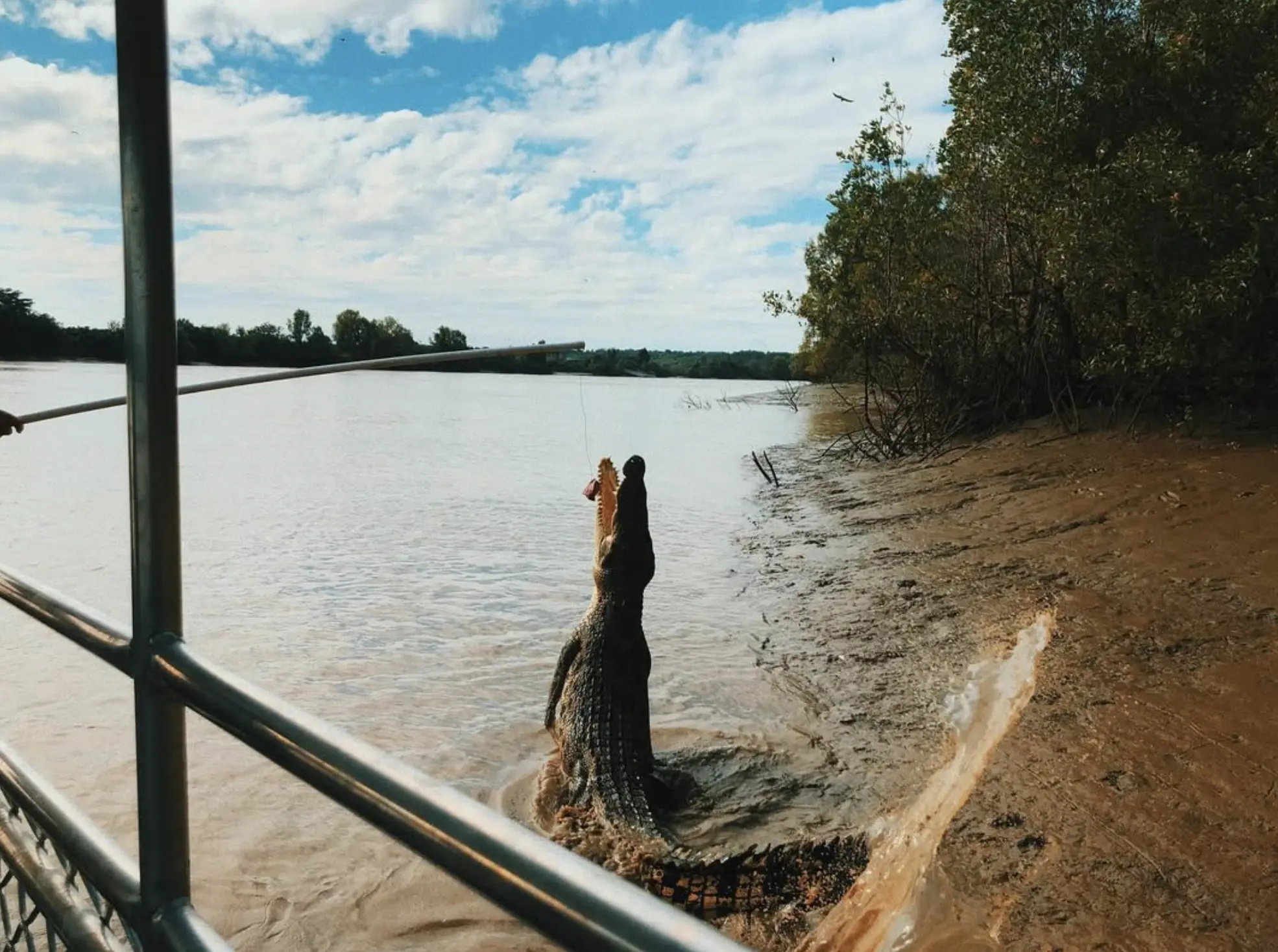
No Crocodiles: A Closer Look
The fact that there are no crocodiles in Europe and Antarctica tells us about their evolutionary and biogeographic history. Research by the Crocodile Specialist Group and studies by Oxford University Press and National Geographic explain the role of ancient climate change, dispersal events and ecological limits in shaping crocodile populations.
For example:
- Fossil records show that Europe had crocodile-like species during the Mesozoic era.
- Antarctica’s palaeogeography shows that its landmass was once connected to Gondwana where crocodile ancestors lived before it drifted to the South Pole.
Crocodile Facts
- Clever Crocodiles: Despite being ancient, crocodiles are highly intelligent reptiles with advanced hunting techniques and territorial behavior. One of the most incredible experience to watch crocodiles hunting techniques is to join Darwin Jumping Crocodile tour by Autopia Tours.
- Sexual Maturity: Crocodiles mature sexually at different ages depending on the species, between 10 to 15 years.
- Crocodile Tears: The phrase comes from the tears that crocodiles secrete when they eat, not because they are emotional.
Conclusion
Crocodiles are wild animals that rule the tropics but their absence in Europe and Antarctica reminds us of the complexity of nature. By studying their biogeographic origins and evolutionary history we gain a deeper understanding of the forces of biodiversity. As we learn more from genetic and molecular research the story of crocodiles past and present is one of the most fascinating in natural history.
FAQs
Why are there no crocodiles in Europe?
Europe’s temperate climate and no tropical habitats means crocodiles can’t survive. Fossil records show they were there in ancient times but disappeared due to climate change.
Are there crocodiles in Antarctica?
No, the extreme cold and no freshwater habitats means Antarctica is not suitable for crocodiles.
How did crocodiles spread across continents?
Transoceanic dispersal and evolutionary adaptation allowed crocodiles to spread from Africa to South America and Australia.
What is the biggest crocodile?
The saltwater crocodile (Crocodylus porosus) is the biggest crocodile species, up to 7 meters (23 feet) long.
What’s Africa’s role in crocodile evolution?
Africa is the birthplace of many crocodile species, with evidence of their existence millions of years ago. Today it is home to the famous Nile crocodile.
